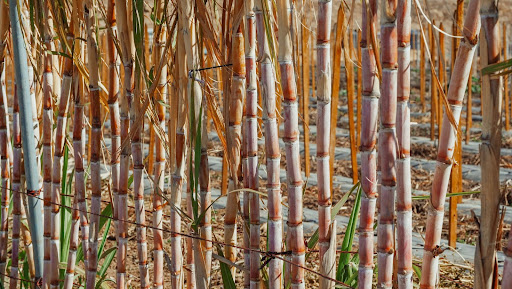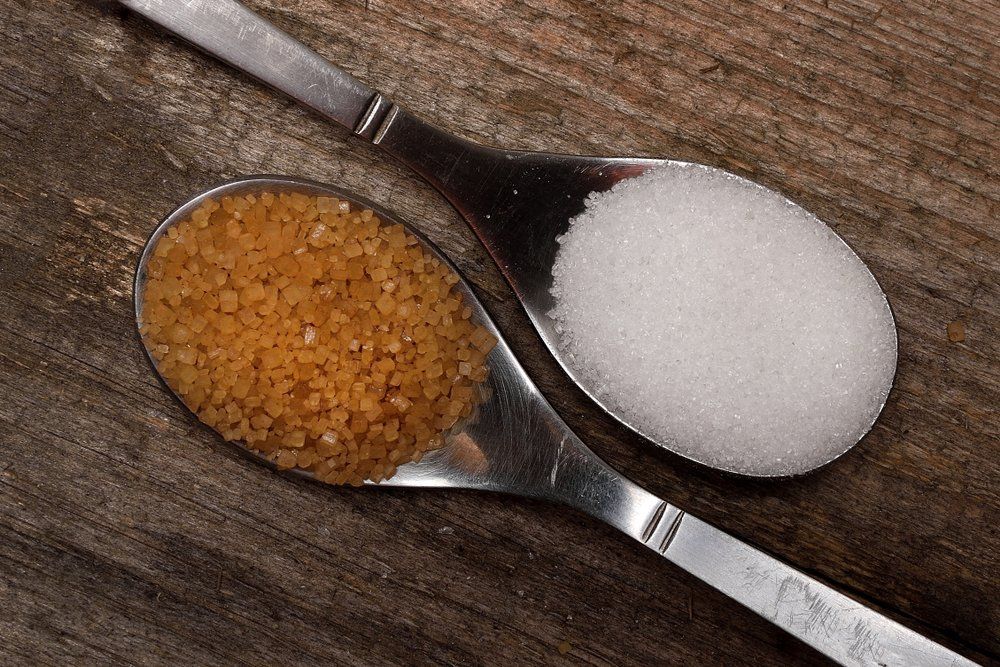Exploring the Differences in Usages and Advantages In Between Beet Sugar Vs Cane Sugar
In the culinary globe, the option between beet sugar and cane sugar is not merely concerning sweet taste but includes a nuanced consideration of taste, application, and effect. While both sugars come from different plants, each undergoes one-of-a-kind production processes that discreetly influence their features and suitability for numerous dishes. As cooks and customers significantly prioritize both the environmental and flavor accounts of their active ingredients, comprehending these differences becomes important. This expedition provides insight right into just how each sugar kind can best enhance culinary creations.
Beginnings and Manufacturing Processes of Beet and Cane Sugar

Walking stick sugar, on the other hand, originates from the sugarcane plant, a tropical yard belonging to Southeast Asia today grown in tropical areas worldwide. The production of cane sugar begins with the harvesting of cane stalks, which are crushed to launch the juice. This juice is after that steamed to concentrate it, after which it is rotated in centrifuges to generate raw sugar crystals. These crystals are more refined to produce the white sugar frequently readily available in shops.

Nutritional Material and Wellness Considerations

When comparing the dietary material of beet sugar and cane sugar, it becomes noticeable that both kinds basically supply the exact same caloric worths, with around 16 calories per tsp and no considerable nutrient diversity. Each is composed almost entirely of sucrose, which is a basic carbohydrate that uses fast power but lacks vitamins, minerals, or fiber. This similarity encompasses their effect on health and wellness, specifically concerning blood glucose levels. Both sugars, when consumed over, can add to elevated blood sugar degrees, a danger aspect for diabetes and other metabolic disorders. Moreover, too much consumption can cause weight gain and dental troubles, as both sugars are similarly cariogenic, promoting dental caries. From a wellness viewpoint, moderating intake of any type of kind of sugar, whether from beet or cane, is recommended to avoid these potential negative effects on health. Hence, neither holds a distinctive benefit over the other in terms of health advantages.
Flavor Profiles and Culinary Applications
Regardless of their comparable chemical frameworks, beet sugar and cane sugar differ subtly in flavor, which can affect their use in different culinary contexts. Walking stick sugar frequently lugs a tip of molasses, also in its refined form, offering a warm, caramel-like touch that boosts baked goods, coffee, and chocolate-based dishes. On the various other hand, beet sugar is defined by its extremely improved, neutral taste, making it a find out this here functional sweetener that does not modify the flavor profiles of recipes.
Ecological Effect and Sustainability
While both beet and cane sugars are obtained from plants, their environmental effects vary significantly due to the distinctive techniques of visit homepage growing and processing needed for each. Sugar beet growing frequently entails considerable mechanization, which can increase fossil gas usage and carbon emissions.
In addition, the processing of sugarcane often generates a considerable amount of waste, consisting of bagasse, which, although functional as biofuel, frequently adds to air pollution if burned inefficiently. Sugar beet handling uses more of the raw products, leading to less waste. Both industries face obstacles in reducing their ecological impacts, however ongoing innovations in farming methods and waste management are intending to improve sustainability.
Economic Aspects Affecting the Sugar Market
The financial characteristics of the sugar industry are dramatically influenced by international market needs and profession plans. Factors such as tariffs, aids, and global profession agreements play important duties in shaping the competitive landscape. For instance, in areas where sugarcane or sugar beet production is next subsidized, producers might have an economic advantage that enables them to supply lower rates on the global market. This can produce differences in profitability and market gain access to for manufacturers in countries without such aids.
Additionally, changes in global need for sugar, influenced by dietary fads and industrial use in foodstuff, directly influence prices and manufacturing levels. beet sugar vs cane sugar. Weather also play a pivotal function, as they can considerably affect crop returns and, consequently, the supply chain. This variability presents a degree of economic unpredictability that can cause financial investment volatility in sugar production markets, influencing decisions from growing to market approach
Verdict
In final thought, both beet and cane sugar have special top qualities that suit various cooking requirements. While cane sugar imparts a rich taste suitable for boosting baked items, beet sugar's neutrality is ideal for lighter meals.